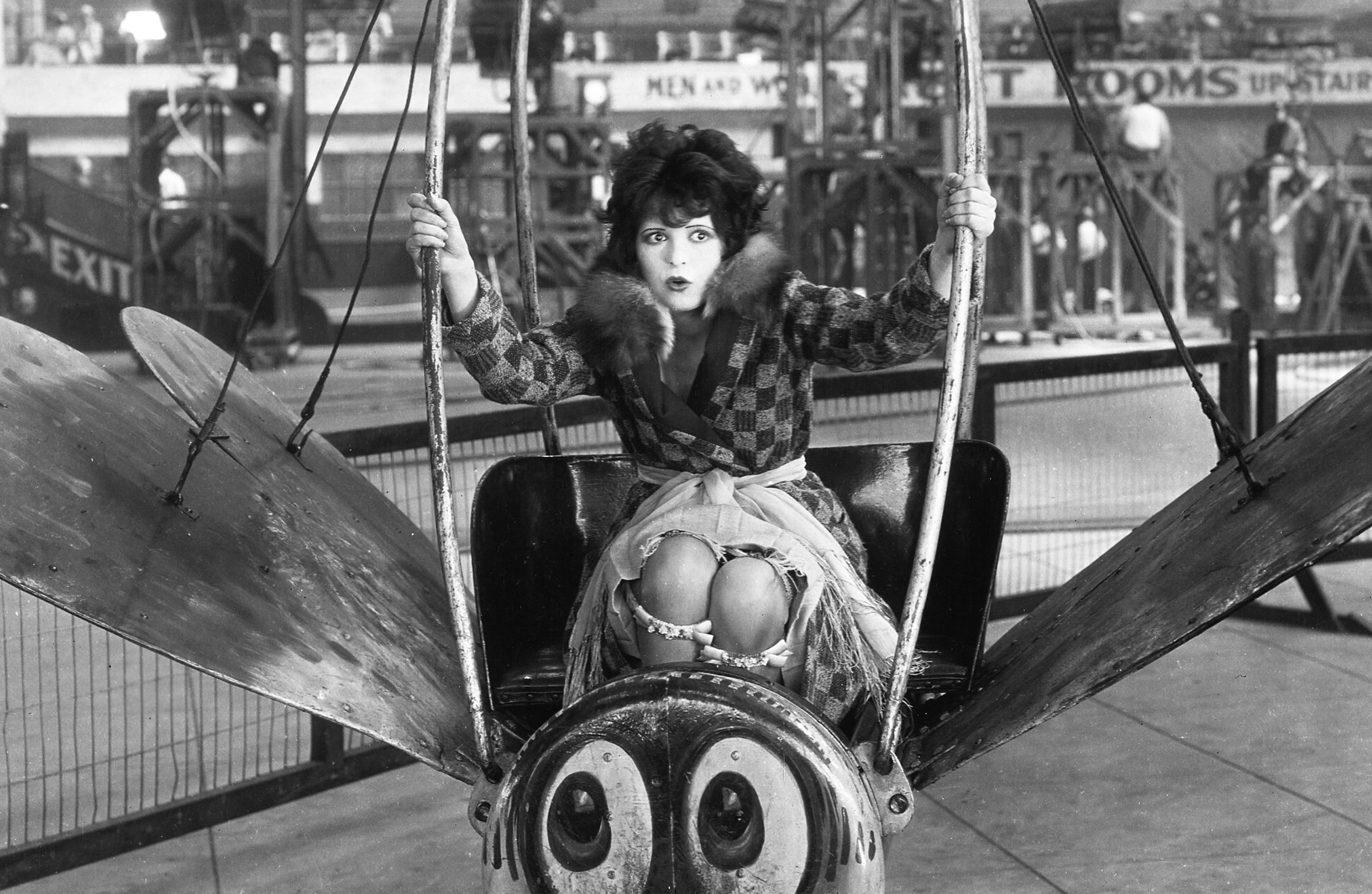- Why did filmmakers and producers move to Hollywood?
Cheap land and labour, the ready accessibility of varied scenery, and a climate ideal for year-round outdoor filming.
To escape Thomas Edison as he was suing people for making films.
2. Stars, directors and pictures from the silent era.
Charlie Chaplin
Greta Garbo
Hugo Ballin
Frank Borzage
metropolis
City lights
3. in what way was early Hollywood studios like a factory or production line?
Hollywood was out to make money. few big group owned everything.
4.when and what was the first “talking picture”?
The Jazz Singer released in 1927.
5. why did the end of the silent era cause problems for some performers working in the industry?
Many actors’ voices didn’t fit their onscreen image or were heavily accented.
6. what was happening in america around this time?
The wall street crash, 1929




























